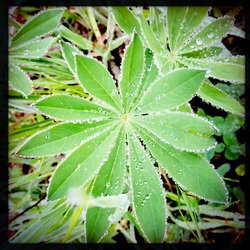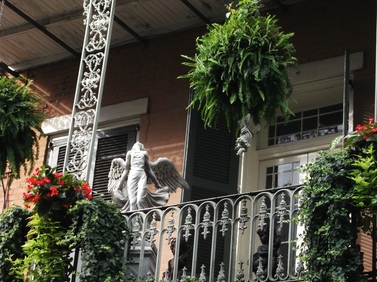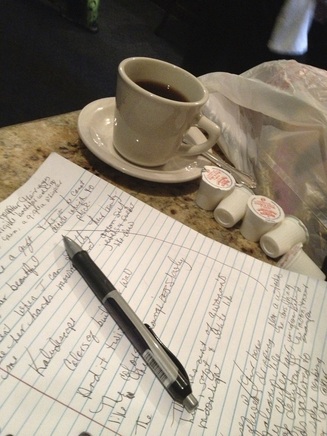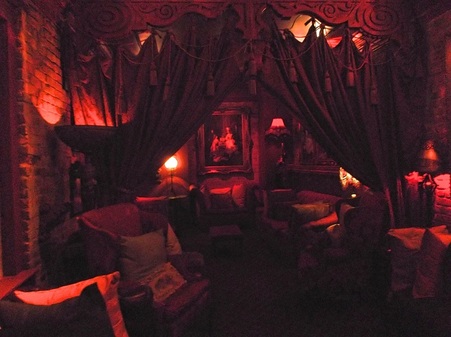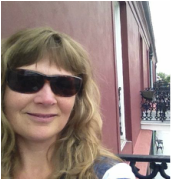ASSAY: A JOURNAL OF NONFICTION STUDIES
1.2
1.2
Click here to download a printable PDF with Works Cited.
|
Kelly Lock-McMillen is currently a Library Media Specialist and teaches Dual Credit English at Benton High School. She is also a Teacher Consultant for Prairie Lands Writing Project in St. Joseph, MO. She has published in North American Review, Alaska Quarterly, The NWP, and Teachers Teaching Teachers and has an essay forthcoming in Louisiana Literature, which was written during the 2014 New Orleans Writing Marathon.
|
